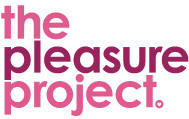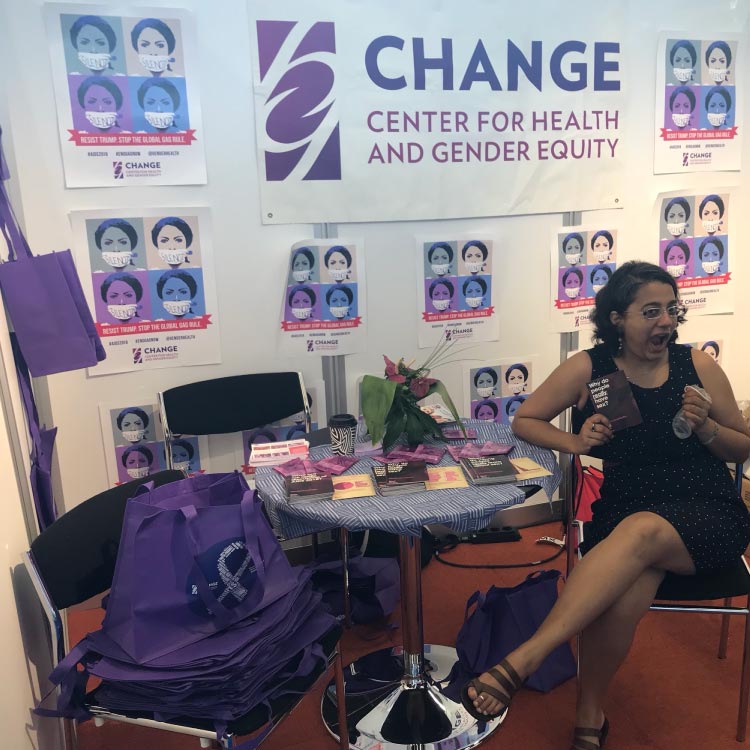While the past few years have seen a lot more organisations using sex-positive and in some cases pleasure-based approaches to sexual health, enabling The Pleasure Project to expand our pleasure map with many more instances of pleasure and public health coming together, we still don’t see a mainstream discourse on pleasure and prevention. At the AIDS 2018 conference last week, we ran a campaign along with The Female Health Company, on what the official programme was really talking about. This was because when we saw the official programme, our word search revealed that there were a mere 2 sessions with the word pleasure in them, 3 with the word porn, 34 with sex education, 26 with male condoms and only 4 with female condoms.
This is despite the fact that real sex lives are primarily about pleasure, and that porn is now a leading source of sexual information for young people globally about sex. So we decided that #realsexlivesmatter was something to highlight at the conference through our guerrilla postcard campaign. There were some interesting conversations about our postcards, including one with a couple of young women about the real reasons why people have sex and what exactly was spiritual transcendence in relation to sex. We thought it might be related to tantric sex – with no touching and only feeling each other’s energies and chakras and getting a spiritual orgasm. The young women concluded they preferred the touching! A few other people asked where they could deposit the postcards after giving the correct answers!
At a session on adolescent girls, the Dutch Princess Mabel van Oranje said that girls had been ignored for too long on the HIV agenda. With only 15 sessions on the programme mentioning ‘adolescent girls’, we agreed. She also said that we had to talk about sex much more and examine the links between child marriage and HIV.
And of course we agree that we need to talk more about sex because a couple of other sessions where we thought some real sex lives might be discussed were the Condoms 2.0 session by the Global Condom Working Group and the session called ‘Making safer sex sexy’ by AIDS Healthcare Foundation (AHF). It was not to be however, so we decided to spice up the condoms session with a sexy female condom demonstration because it was mainly about market development and condom stewardship, which is all very important but equally important is how we think and talk about condoms – sexy or not. A number of audience members got up and said condoms were just no fun, or that men had difficulty putting them on, and of course there was no mention of female condoms at all. So the sexy female condom demo had everyone hooked! The AHF session didn’t deliver on its promise. The only really sexy thing they had was a campaign from the US for gay men. So all in all, the conversation on sex, pleasure and prevention was stilted at best.
In contrast, the Global Village, with its own set of events, panels, talks, protests and performances, was significantly more sex-positive and pleasure focused than the rest of the conference. Doortje Braeken did a session on pleasure and human rights where she spoke of their new training toolkit on sexual pleasure for health professionals including the pleasure-meter to measure how pleasurable your sex life really is. It has six components which are self-determination, consent, safety, privacy, confidence, and communication/negotiation. The pleasure-meter also helps sexual health professionals take more comprehensive sexual histories of clients.
So we would say that the Global Village was a sexier space than the official conference especially since The Pleasure Project did a few more sexy female condom demos at the CHANGE booth. Looks like pleasure and prevention need to flirt a lot more yet before they truly in bed together and stay there!



Leave A Comment